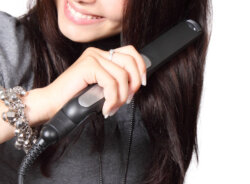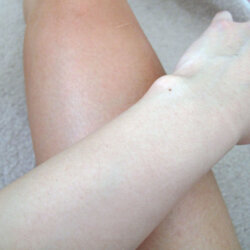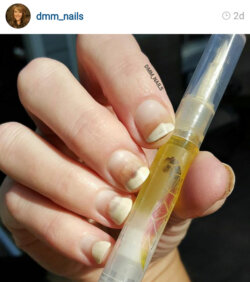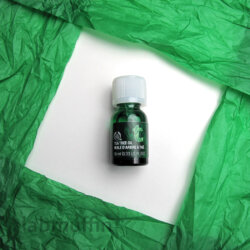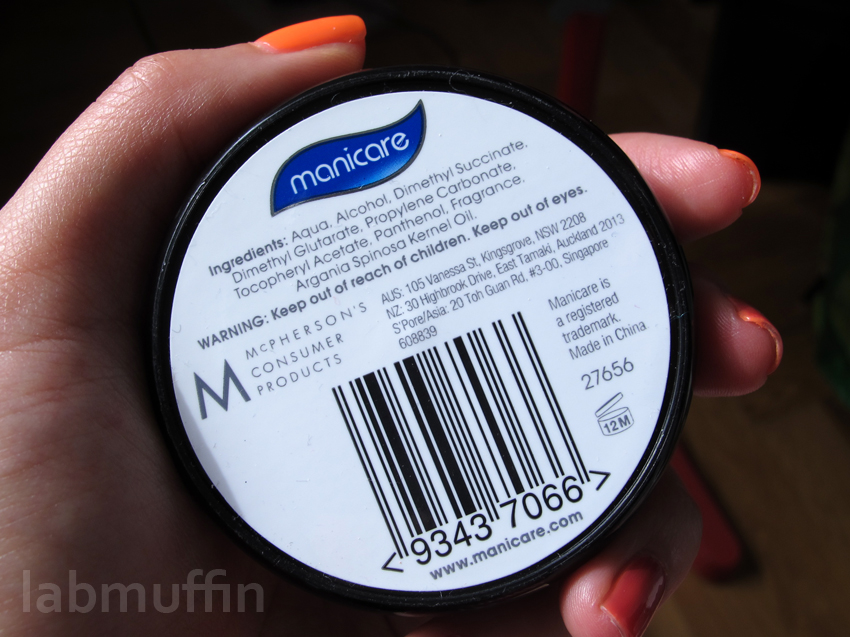Why You Should Never Straighten or Curl Wet Hair
I’ve been straightening and curling my hair wet/damp for years, despite all the popcorn-sounding fizzes and crackles – but some science I’ve recently read have made me do a complete 180. It turns out wet and dry hair respond to extreme heat very differently – and wet hair cops it far worse, and not just because it’s more fragile. First, …
